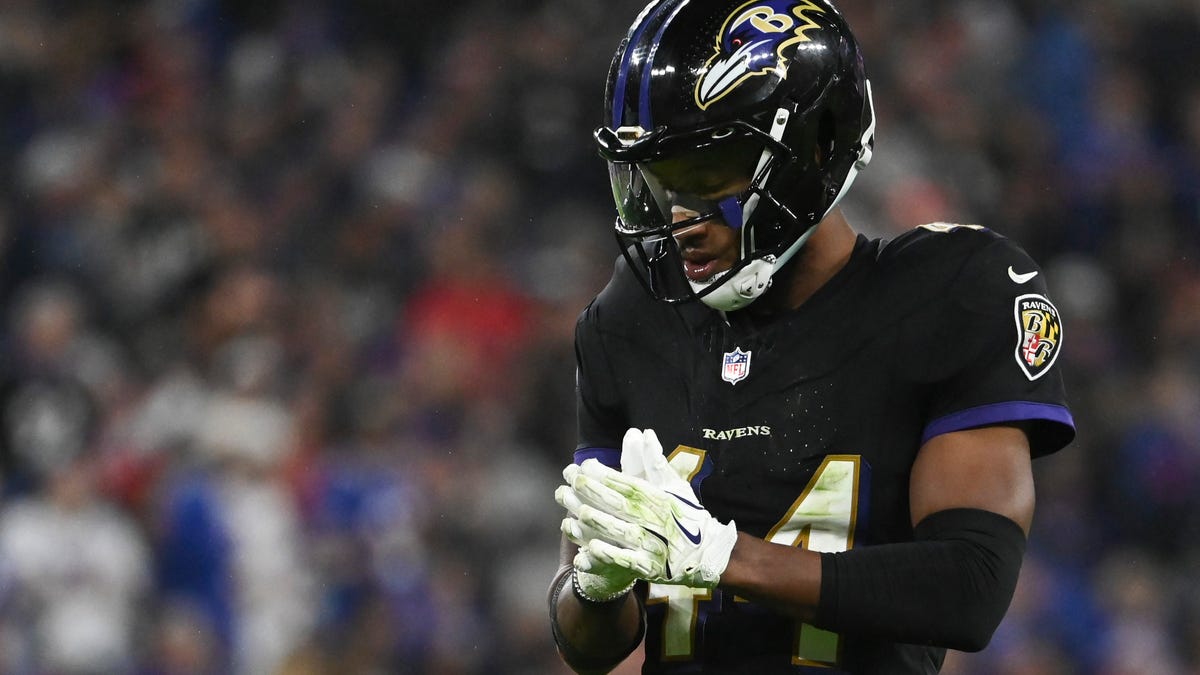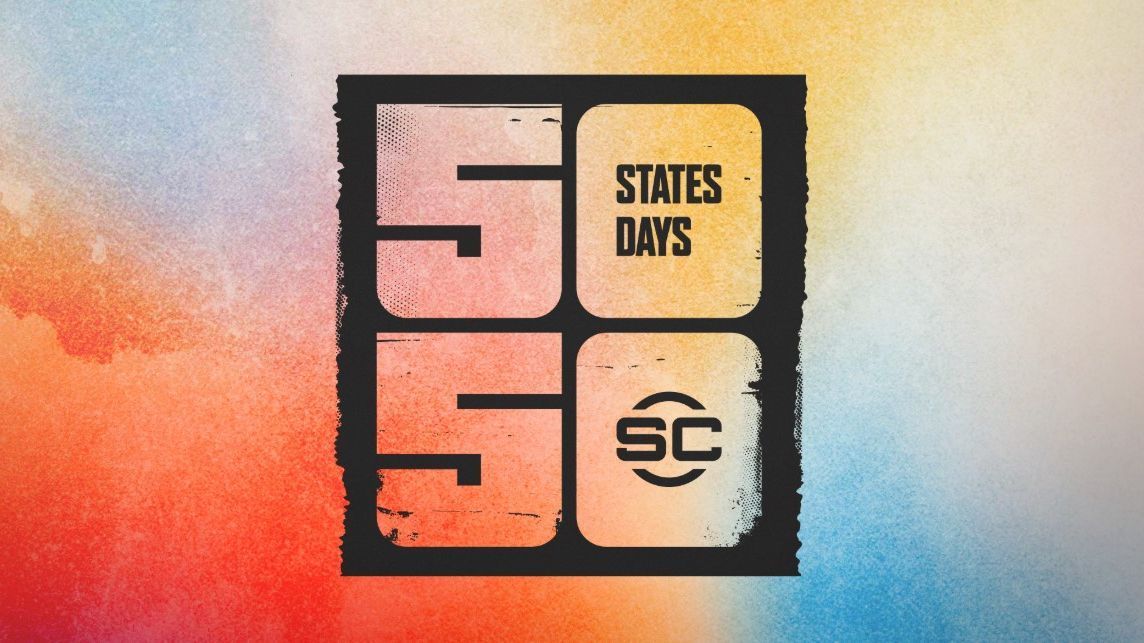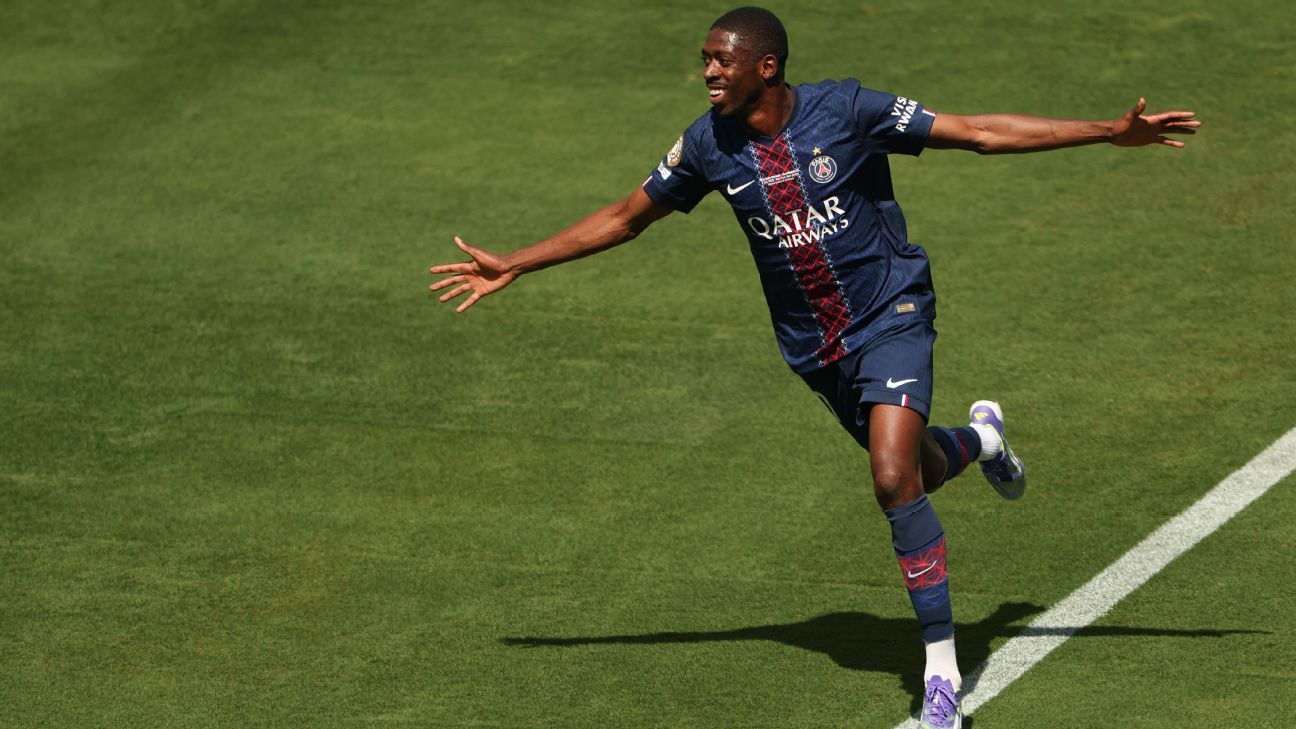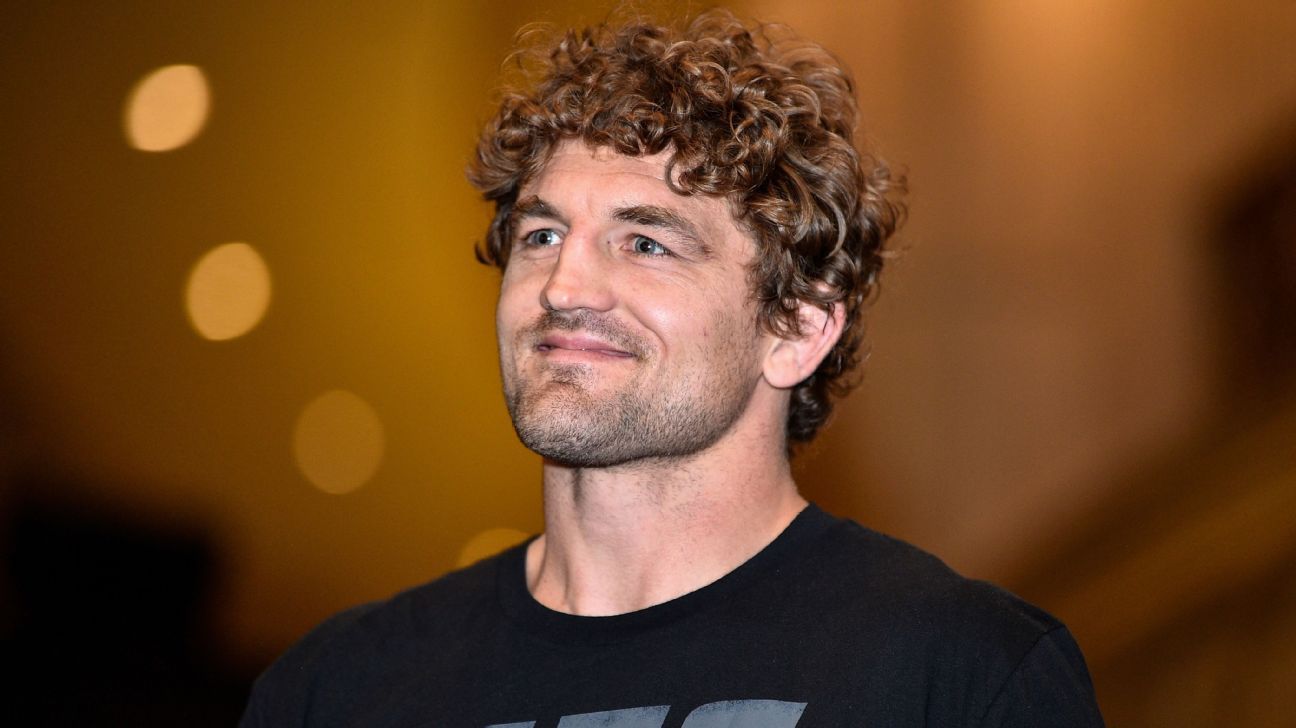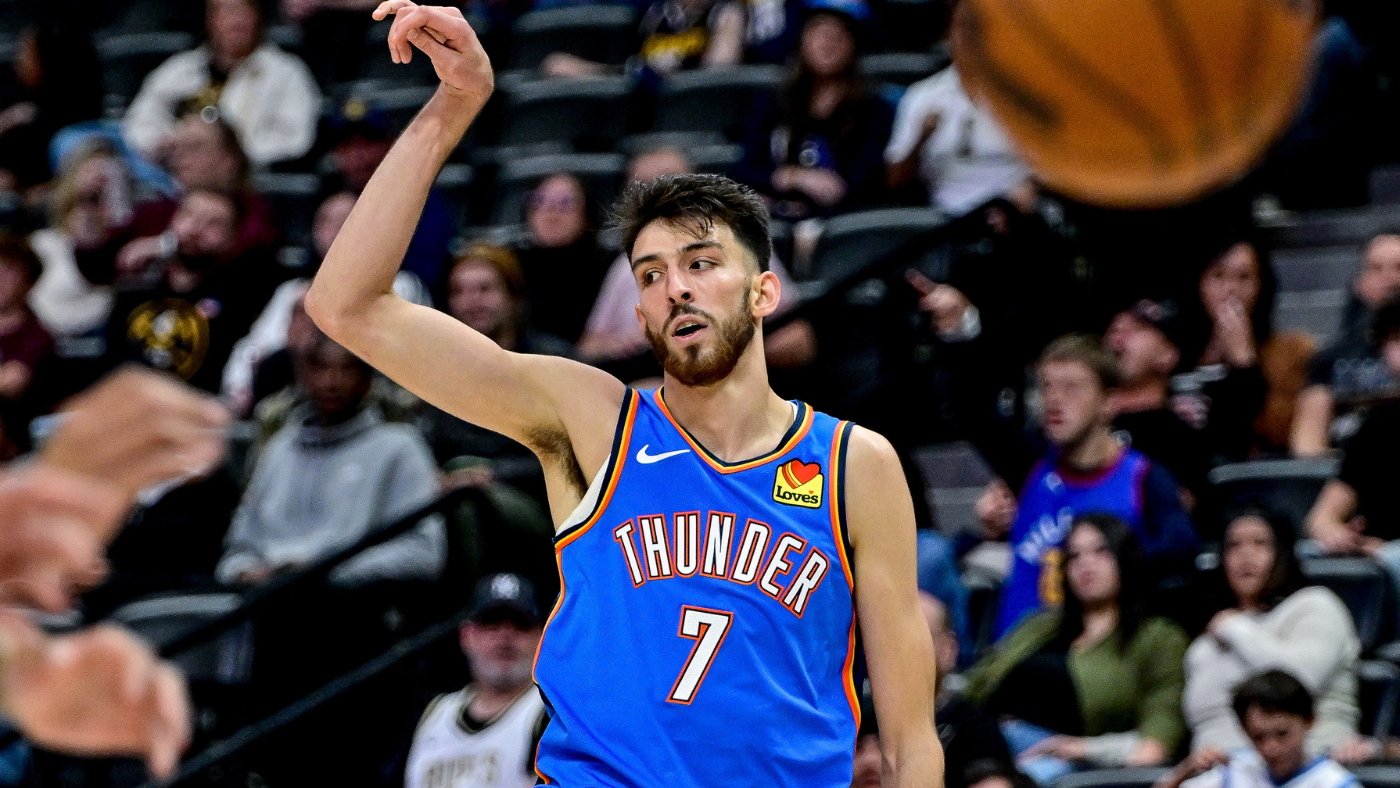
Chet Holmgren reportedly re-signed with the Oklahoma City Thunder on Wednesday on a five-year deal worth potentially as much as $250 million. It’s a huge number, of course, one that will set Holmgren and his family up for life. And yet, earlier this week, his draft-mate, Paolo Banchero, inked a similar extension, but one that could get as high as $287 million.
We say “could” here because of the nature of these extensions. Technically speaking, neither Holmgren nor Banchero is actually eligible for the numbers they signed for. A four-year veteran, as both will be after this season when their new deals kick in, is eligible for a new contract at 25% of the cap that comes with 8% annual raises. Therefore, their max, at this moment, would come out to around $239 million over five years.
So why are we seeing bigger numbers in the reporting here? Because of the Derrick Rose Rule, which essentially functions as a version of the supermax for younger players. If a player in Banchero’s or Holmgren’s position makes an All-NBA Team or wins Defensive Player of the Year in the most recent season or two of the previous three seasons, or wins MVP in any of the previous three seasons, he becomes eligible instead for a contract up to 30% of the cap. That is where Banchero’s $287 million figure comes from.
You’ve obviously noticed at this point that Holmgren, a legitimate Defensive Player of the Year candidate with a reasonable chance of making an All-NBA Team under the right circumstances, did not sign a deal that could take him up to $287 million. While we do not know the exact structure of his contract and any incentives within yet, we can at least deduce that he did not demand the full Rose Rule bump from 25% up to 30%.
That doesn’t necessarily mean he left money on the table. We don’t know if the Thunder were willing to offer the full $287 million. We don’t know how uncomfortable Holmgren would have been willing to make them if they weren’t through protracted negotiations or even restricted free agency next summer. This is money he isn’t even currently eligible for, after all. But he signed it in early July, practically as quickly as he could, and he did so in a way that protected Oklahoma City from the most dangerous cap-related outcomes of his deal.
Look at Cleveland as an example of the alternative. Evan Mobley signed a 25% max contract last offseason that included full Rose Rule escalators. Sure enough, he won Defensive Player of the Year. That raised his cap figure significantly, practically forcing Cleveland into the second apron this season had the Cavaliers not made drastic roster cuts. Cleveland, to its credit, has willingly gone deep into the second apron and even re-signed Sam Merrill at an enormous tax cost. But the difference between Mobley’s 25% max and the 30% max he ultimately got was roughly what Memphis is paying Ty Jerome next season. The Rose Rule, especially for expensive, win-now teams, can tangibly impact a team’s depth.
Orlando is now in a similar boat. As of right now, the 2026-27 Magic are straddling the second-apron line. If Banchero’s max jumps from 25% to 30%, they bolt far above it without further salary cuts. One of two things is about to happen for the Magic. For the Magic to have the contending season they want to have, Banchero probably has to play at an All-NBA level. Either he does, and they’re faced with the financial consequences that come with his Rose Rule bump, or he doesn’t, and they just aren’t as good as they hope while still facing apron issues moving forward. Their preference would obviously be the former, but that would probably mean shedding more salary to compensate. Jonathan Isaac and his non-guaranteed contract would be the likeliest candidate at this point, and he’s an essential part of their defensive identity.
The Thunder are certainly going to have some tax and apron issues in the next several years. They haven’t even re-signed Jalen Williams yet, and he very well might get the full Rose Rule bump. After all, he already made an All-NBA Team last year. That doesn’t make him eligible for it now, but it does suggest that he has a strong chance of doing it again, so he might want it. So Holmgren’s willingness to sign without getting the entire Rose Rule boost, especially with Shai Gilgeous-Alexander re-signing for the supermax, could be enormous for Oklahoma City’s efforts to keep the bulk of its supporting cast together.
In the modern apron minefield that is roster-building in the 2020s, these are the sorts of breaks teams need to sustain winners for the long haul. Look around to the best teams in the league. It’s not a coincidence that most of them involve a core player taking slightly less to either help the team or secure his bag without acrimonious negotiations. Jalen Brunson signed a below-market extension with the Knicks last summer. Alperen Sengun extended for less than the max in Houston last offseason rather than waiting for restricted free agency, where he almost certainly would have gotten it. Every dollar the Thunder save on the Holmgren-Williams–SGA core is a dollar it can spend on someone else that matters.
The reigning champs still have a long way to go before becoming the dynasty so many expect them to be. There will be hard financial choices to come, and it’s not as though Holmgren is on a substantially below-market contract here. But think of that lose-lose scenario we covered for Orlando. Holmgren signing at this price is sort of the opposite. If he doesn’t earn Rose Rule eligibility, well, that likely doesn’t bother the Thunder much because they already know they can win the championship with him at his current level. And if he does? He’s not hamstringing them so much financially that it necessarily costs them a key piece. It’s a win-win situation for both sides here. Holmgren got paid, but he did so in a way that could ultimately help the Thunder quite a bit moving forward.




